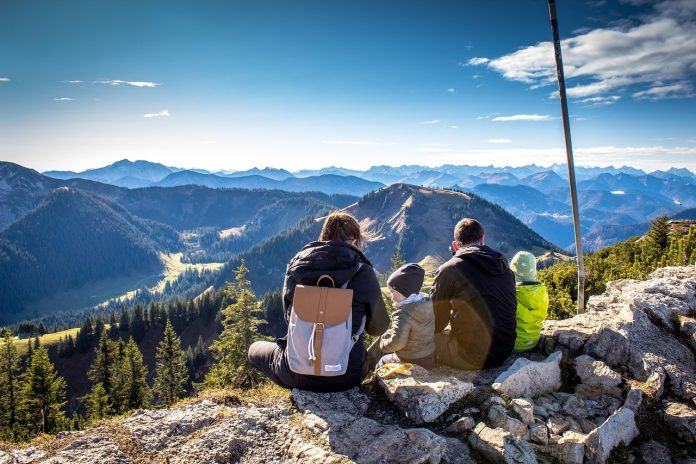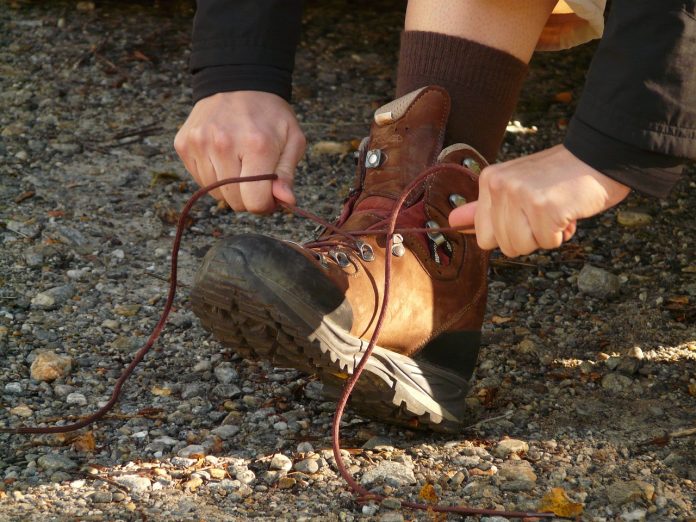Hiking offers numerous health and recreational benefits, providing exercise surrounded by nature’s splendor. However, inadequate preparation can quickly turn an anticipated hike into an unpleasant or even dangerous experience. By planning ahead and packing proper gear, you can ensure your hikes are safe, comfortable, and fun. This guide covers the key areas of preparation including fitness, route selection, necessary equipment, weather considerations, and more. Follow these tips to be ready for the trail!
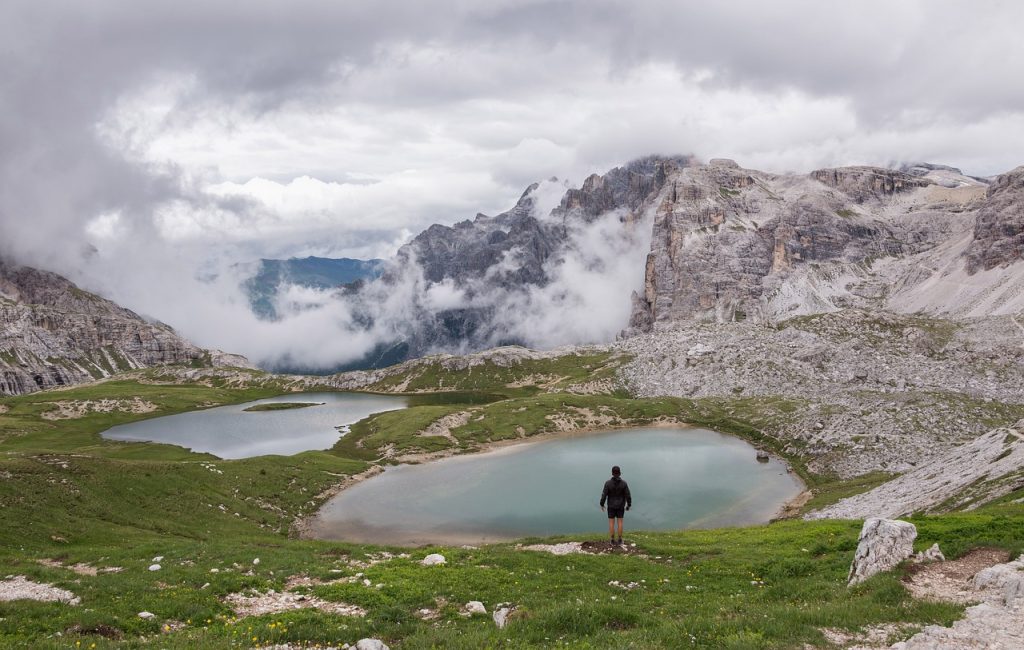
Table of Contents
You may also want to know: How to start hiking
Build Up Fitness Gradually
Hiking involves cardiovascular endurance along with strengthening your legs, glutes, core muscles, and ankles. Uphill climbs really work the hamstrings and calves. If new to hiking, allow time before longer treks to gradually boost your fitness. Some recommendations:
- Start with flat, smooth 2-3 mile routes and incrementally increase distance. Aim for at least one long hike weekly.
- Walk or use an elliptical 2-3 times per week to build stamina. Add weighted backpacks to intensify.
- Focus on developing lower body and core strength at the gym with bodyweight and free weight exercises. Strong glutes, quads, and hip flexors are key.
- Stretch regularly, especially after workouts targeting the calves, hamstrings, hips, and quadriceps. Staying limber prevents strains.
- Cross-train with cardio intervals, yoga, biking, or stair climbing to condition your body from multiple angles.
Ramping up fitness prepares you for more varied terrain, mileage, and elevation gain. But take care not to overdo it and get injured. Consistency over several weeks is ideal.

Choose Appropriate Routes
Selecting trails suited to your current ability will make hiking more pleasant. Assess routes based on:
- Distance – Standard advice is limiting mileage to 10% above your current capability.
- Elevation gain – Gradual is easier than steep slogs. Adjust for altitude as well.
- Terrain – Smooth dirt or stone paths are more novice-friendly than rock scrambling.
- Wayfinding – Clearly marked trails prevent you from getting lost if navigation skills are weak.
- Time – Know your pace and allow ample time to complete the trail based on distance and difficulty.
- Destination – Consider a scenic overlook, waterfall, or peak as a turnaround point.
The study recommended hiking trails in the area you plan to visit through guidebooks or AllTrails. Start with easier, well-trafficked paths to develop skills before venturing into the remote backcountry.

Gear Up with Hiking Essentials
Carrying the “Ten Essentials” aids safety and survival on the trail. These include:
- Navigation: Topo map of the area and a compass. GPS device or smartphone app as backup.
- Sun protection: Sunglasses, broad-brimmed hat, and SPF 30+ sunscreen.
- Insulation: Merino wool or synthetic base layers. Avoid cotton. Fleece jacket. Windproof shell.
- Illumination: Headlamp or flashlight with extra batteries.
- First-aid supplies: Bandages, gauze, tape, antiseptic wipes. Personal medications.
- Fire: Windproof lighter, waterproof matches, firestarter.
- Repair kit and tools: Knife, multi-tool, duct tape, zip ties, cordage.
- Nutrition: High-energy snacks like trail mix. One extra day’s supply.
- Hydration: Durable water bottles and water treatment supplies.
- Emergency shelter: Tube tent, tarp, bivy, space blanket, or ultralight sleeping bag.
Additionally, trekking poles aid stability, especially when carrying packs downhill. Other gear like insect repellent, toilet paper, and a whistle are sensible additions as well. Choose quality equipment and resolve any issues while still at home.

Assess the Weather Forecast
Checking weather reports and patterns is crucial when planning outdoor activities. Some key weather hazards and appropriate actions include:
- Storms – Lightning is very dangerous. Descend from peaks and get below the tree line. Avoid exposed ridges.
- High heat – Hike early before temperatures peak. Hydrate frequently and replenish electrolytes. Turn back if signs of heat illness occur.
- Cold temperatures – Dress in insulating, wind-blocking layers. Be vigilant for hypothermia.
- High winds – Avoid hiking during wind advisories. Gusts can blow you off course or cause injury from falling limbs.
- Reduced visibility – Fog, snow squalls, and heavy rain severely reduce visibility creating lost hiker danger. Delay the start until it clears.
Always adjust plans based on the latest forecast. While rainy hikes are still feasible, avoid routes with hazardous flooded waters or where lightning strikes are likely.
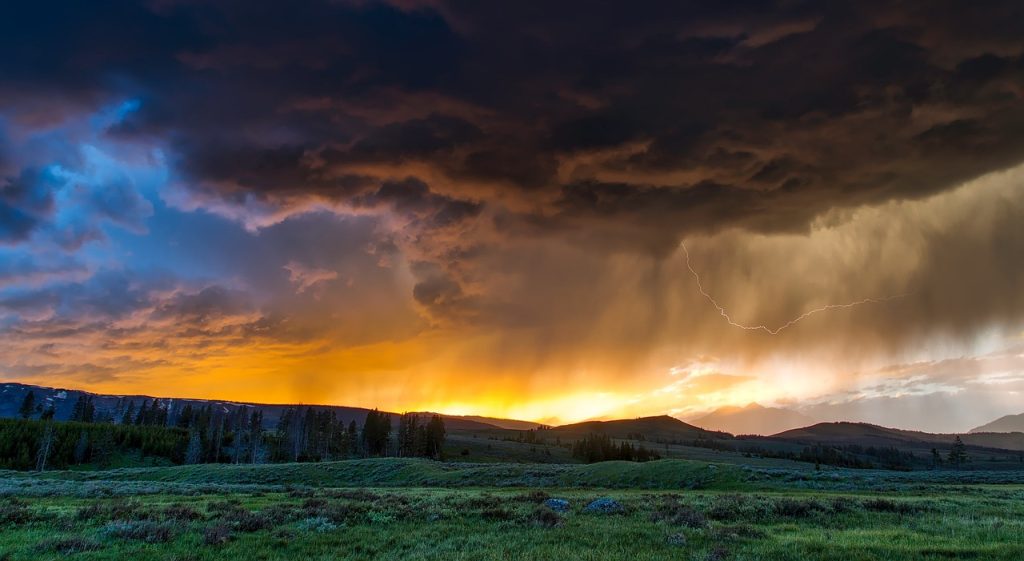
Scouting the Trailhead
Upon arrival, make key observations about parking, trail markings, and conditions:
- Arrive early to allow ample time. Scout the trailhead signs and trail map before departure.
- Ensure the access road is suitable for your vehicle. Note any entrance fee requirements.
- Check for vehicle break-ins. Choose busy parking areas and conceal valuables.
- Look for recent trail reports or postings of temporary trail closures due to weather events or forest fires if remote.
- Note trail markings and junctions described on your map. Clarify directions so there’s no confusion once inside the wilderness.
- Check for ticks, snakes, or stinging plants. Adjust clothing and watch foot placement.
Take photos of the trailhead and your car to help rescuers if you become lost. Sign in at the trailhead journal when available. Share your hiking plan and return time with someone not on the trek.
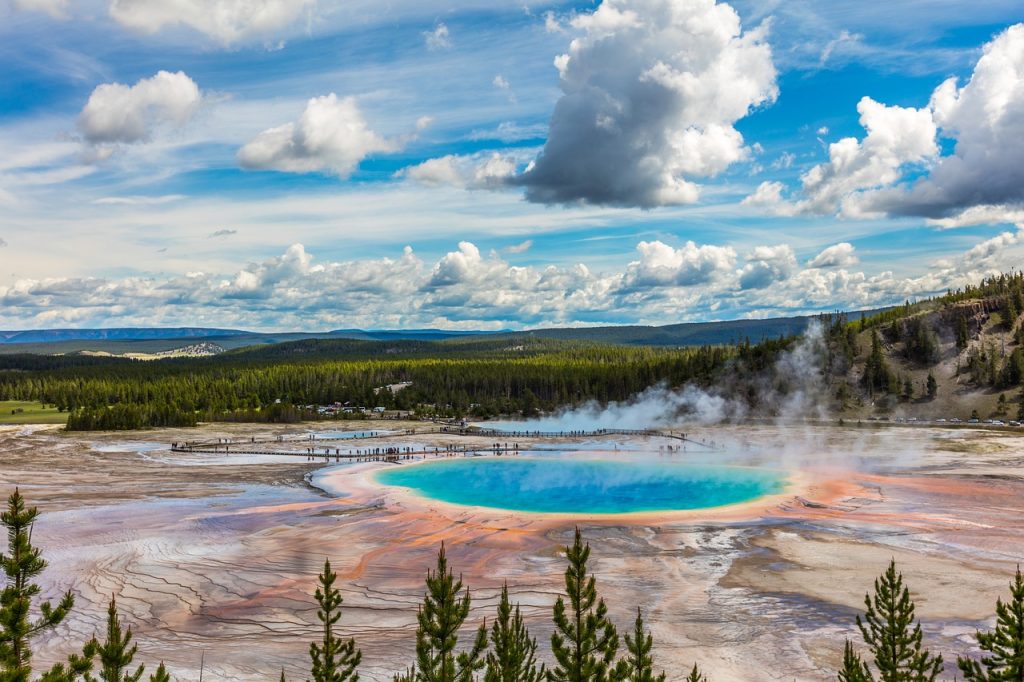
The Hike Itself – Staying Safe On Trail
While hiking, adhere to essential safety and preparedness measures:
- Stay on designated trails. Do not bushwhack or create new trails which can erode landscapes and get you lost.
- Stop at all trail junctions and validate directions against your map and compass to prevent accidental wrong turns.
- Watch footing to avoid ankle twisting on loose rocks or roots. Use trekking poles for added stability.
- Keep your energy and hydration up by consuming calories and electrolytes at regular intervals.
- Take brief, frequent rest breaks to give muscles a chance to recover, especially when carrying a heavy pack.
- If any medical issues arise, stop and assess the situation via first aid training. Turn back or call for help if warranted.
- Look ahead on the trail and make others aware before passing. Yield to uphill hikers when possible.
- Adjust the pace to suit the slowest member of your hiking party. Regulate temperature by shedding or adding layers.
By taking the proper preparations, you can head into the hills with confidence for an enjoyable hike. Research the route, ready your gear, fuel up, watch the weather, and use sound judgment on the trail. A rewarding day experiencing breathtaking vistas awaits!
Related Links:



